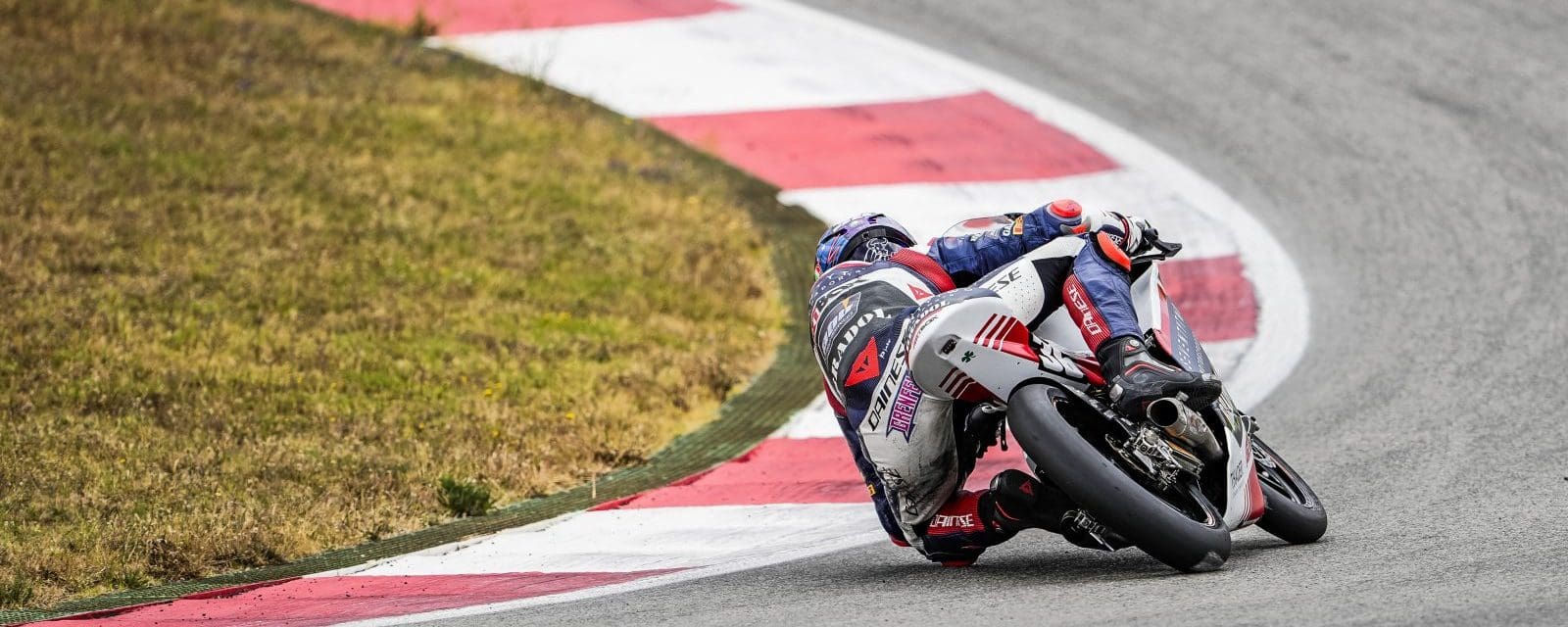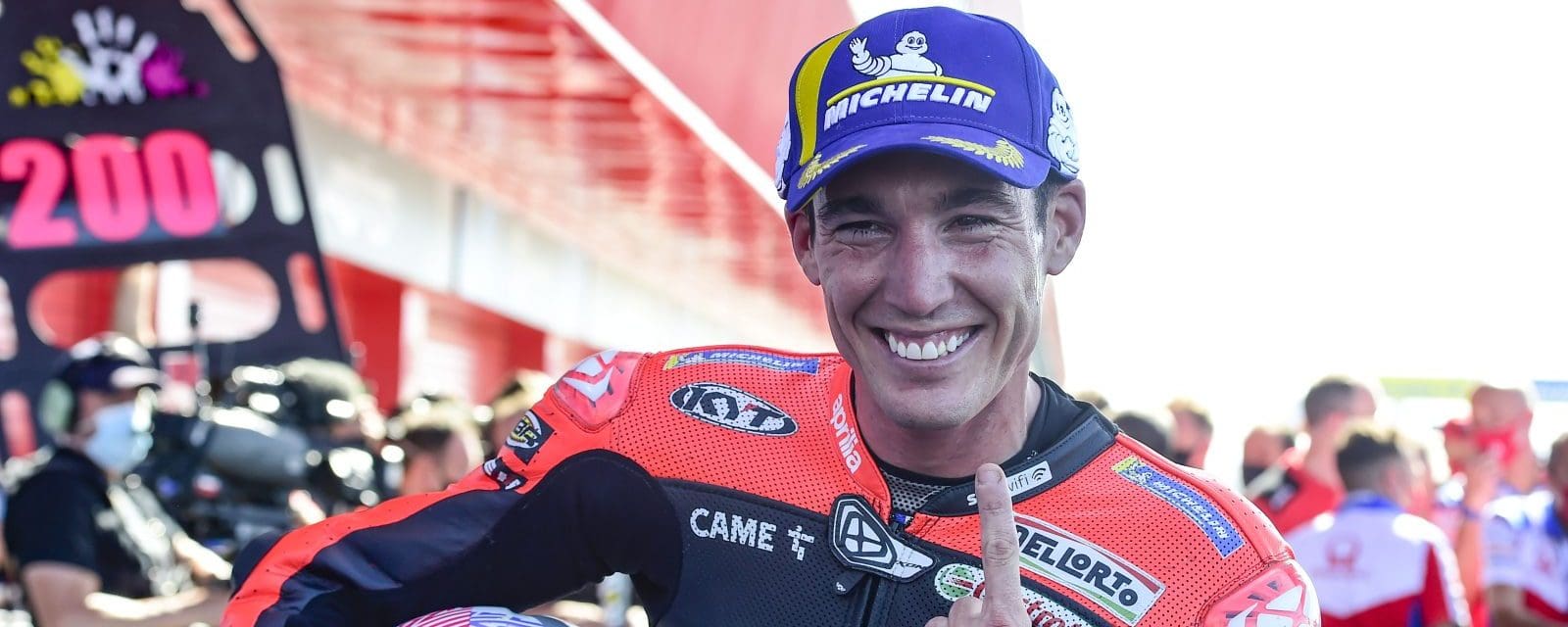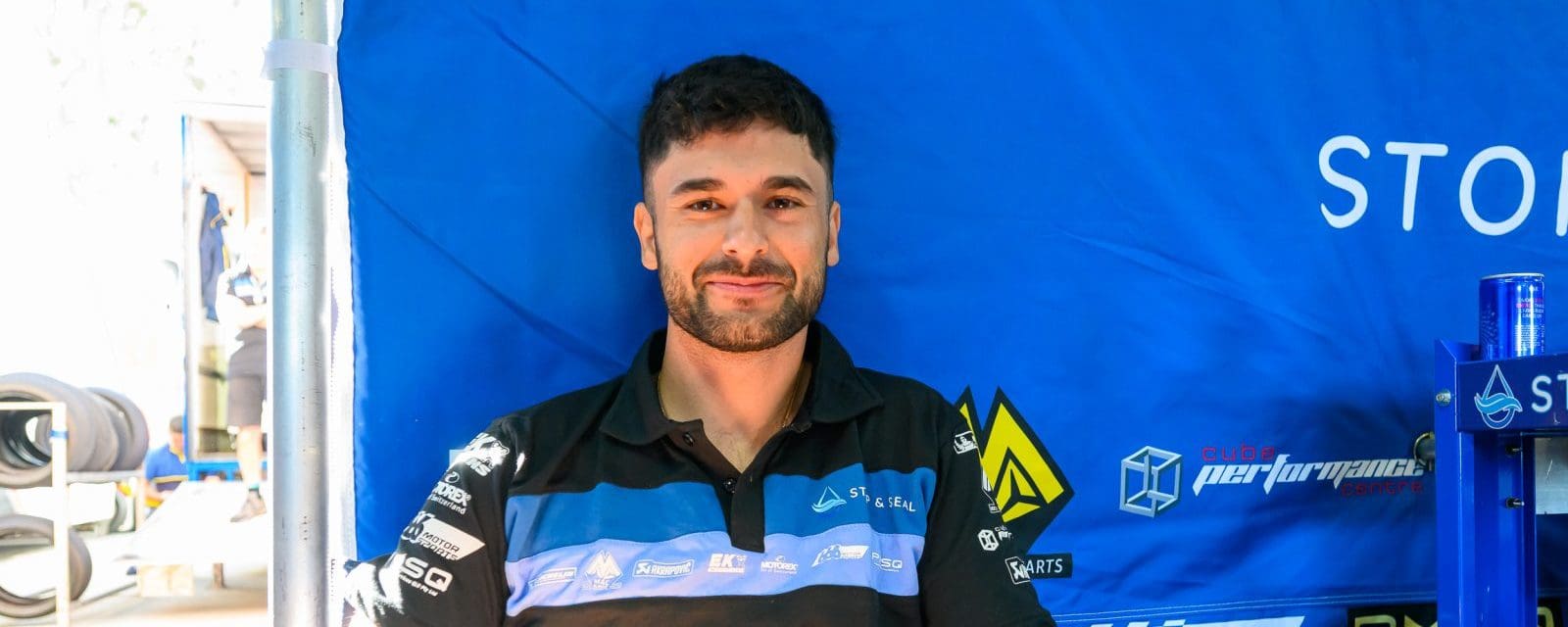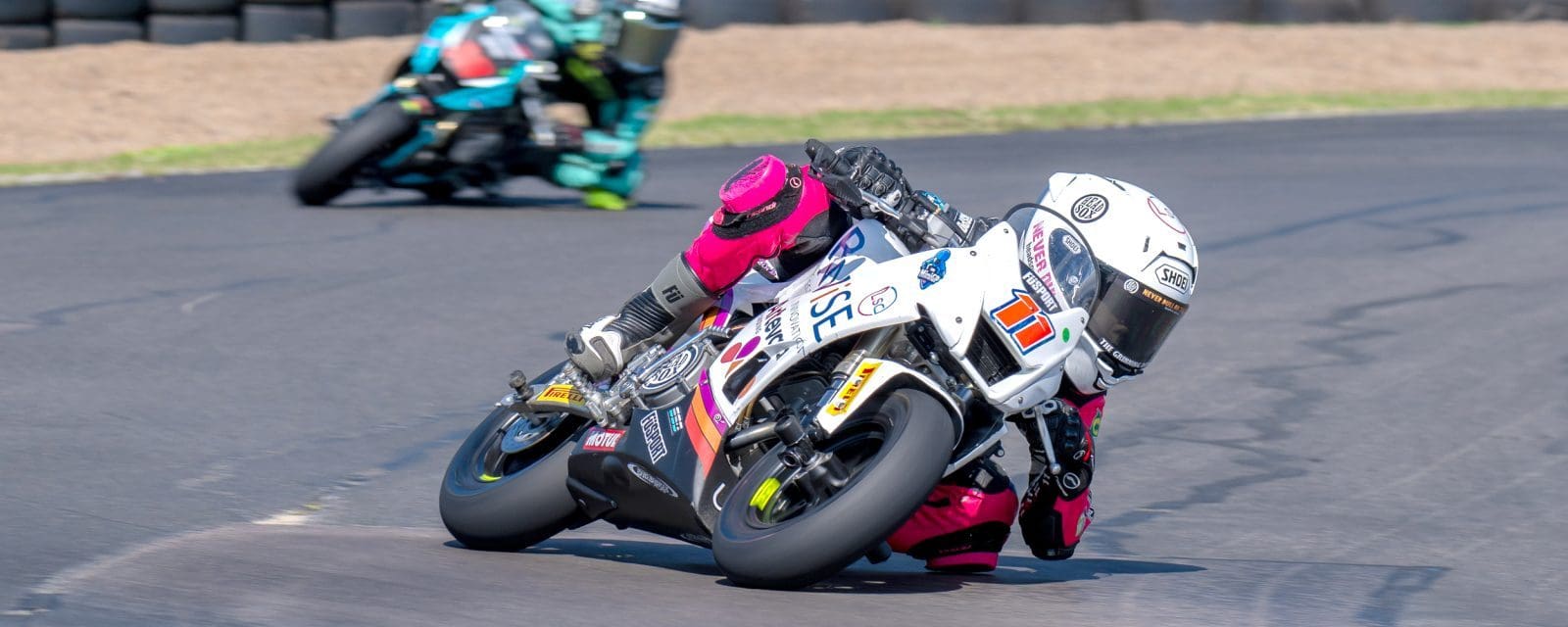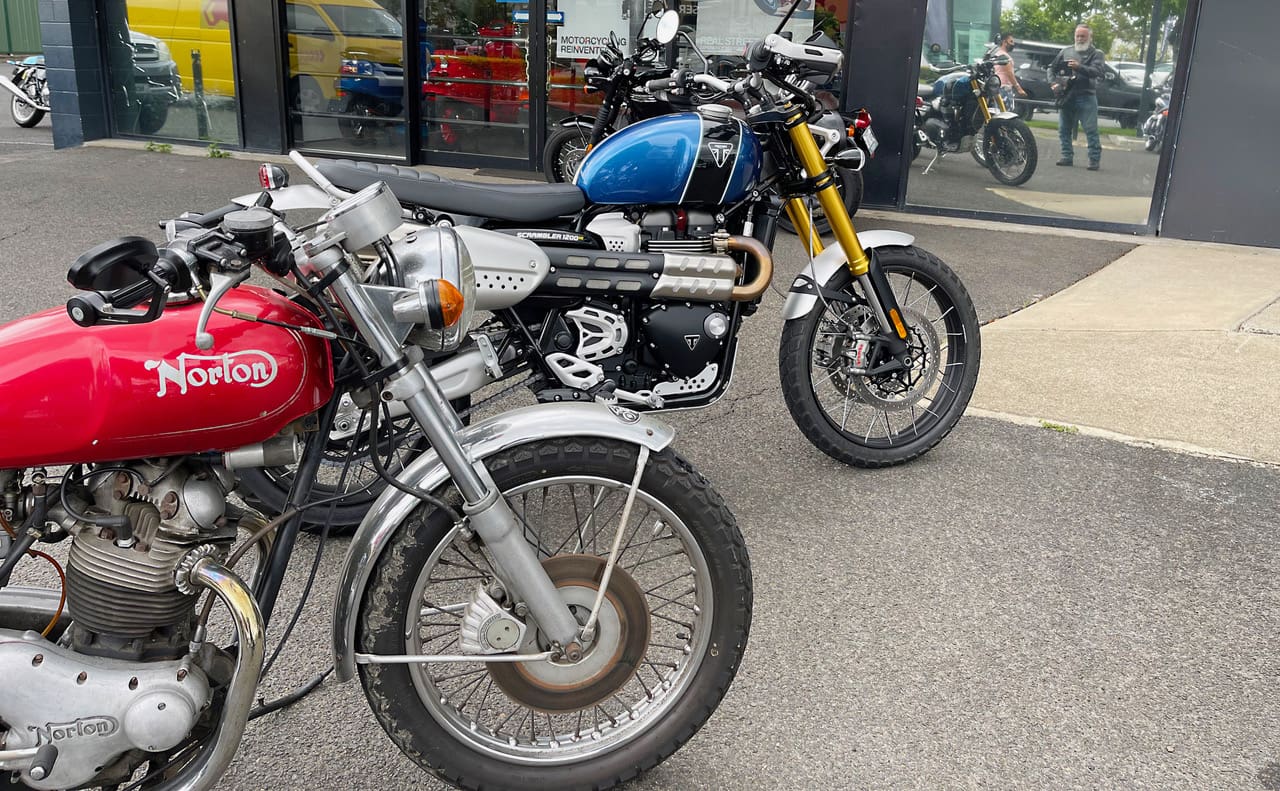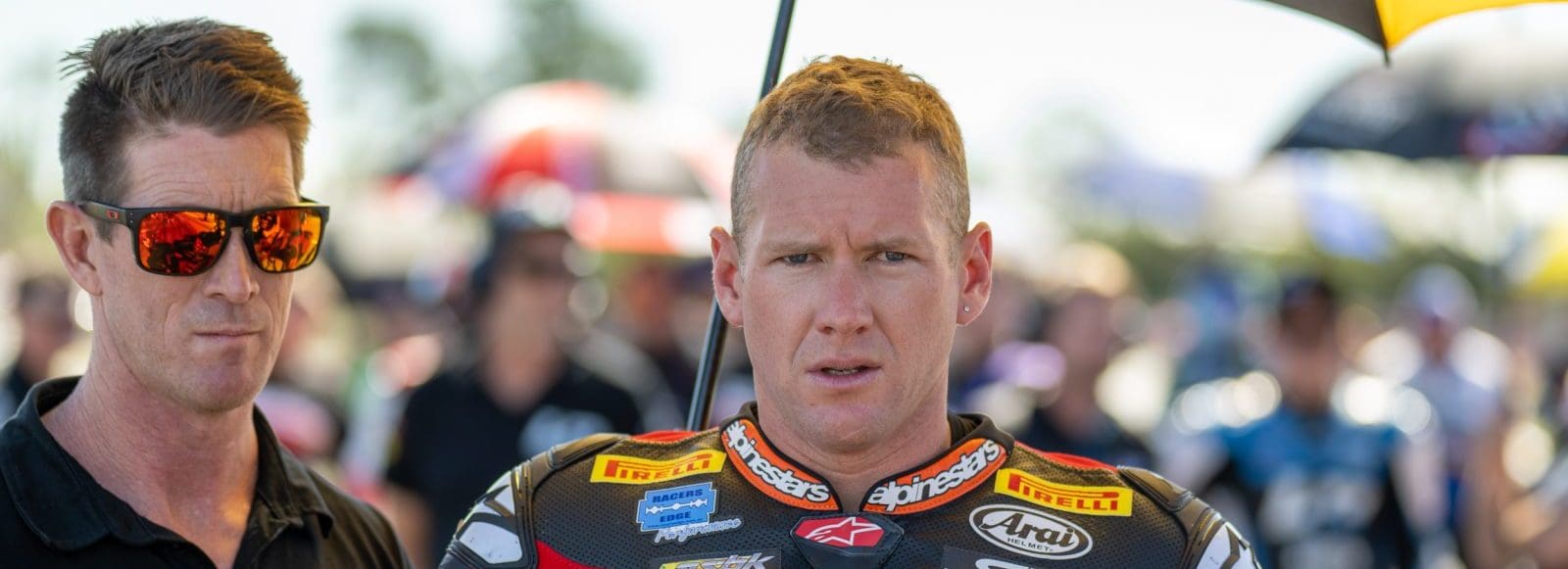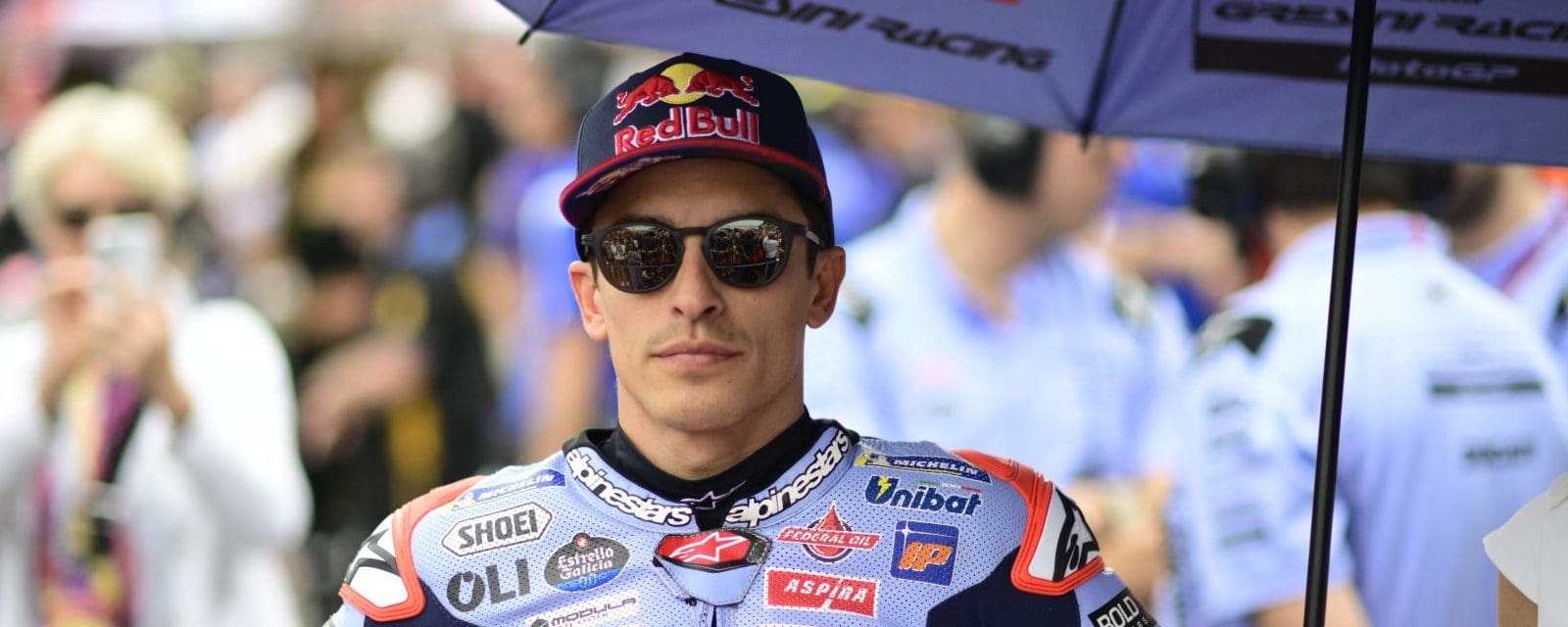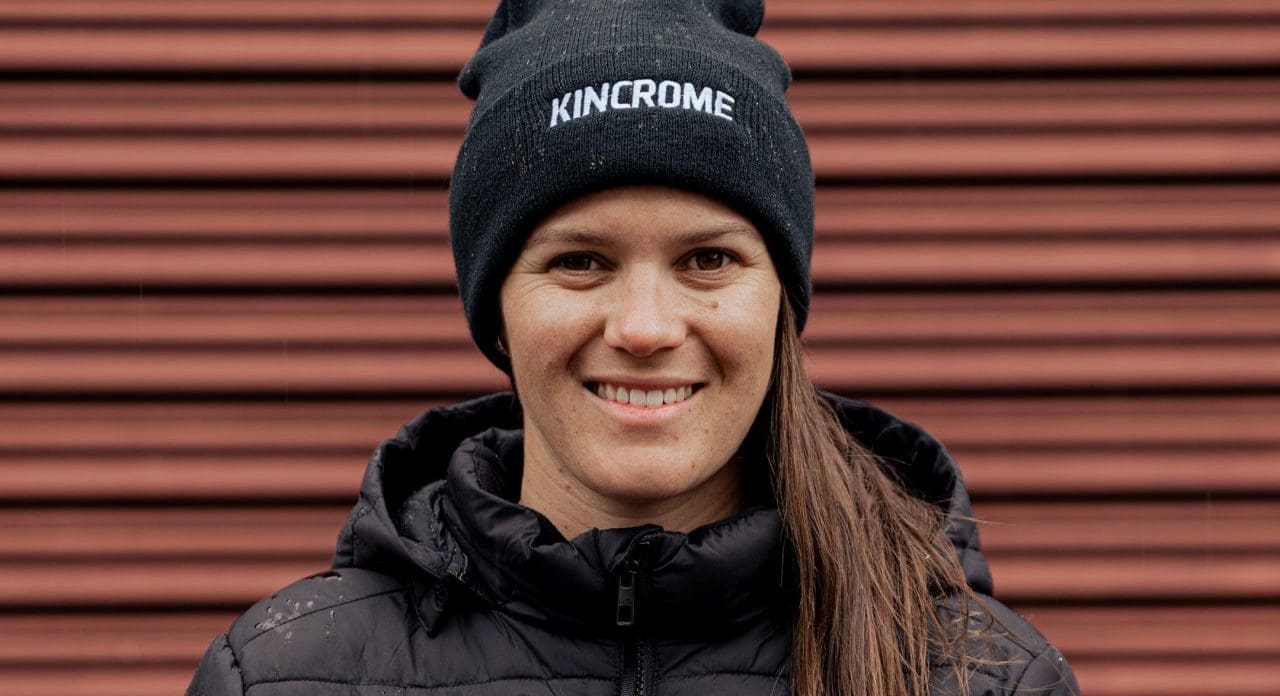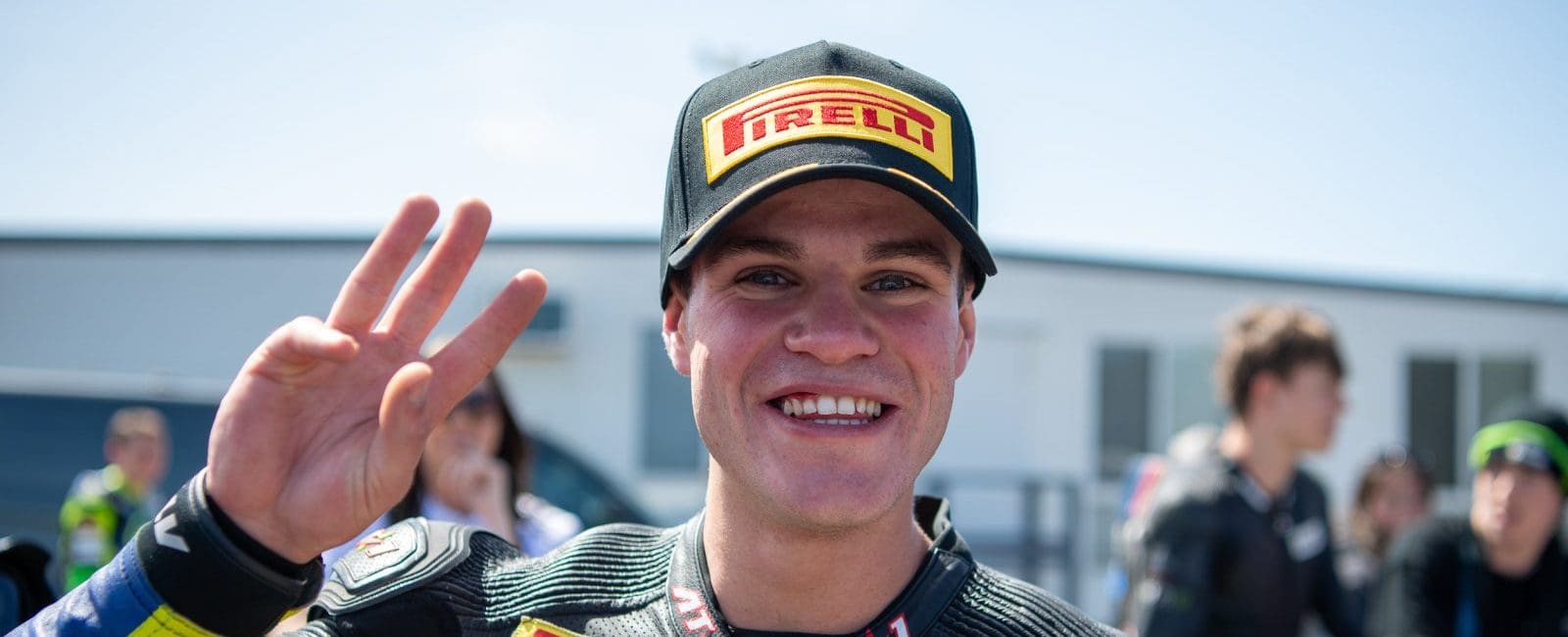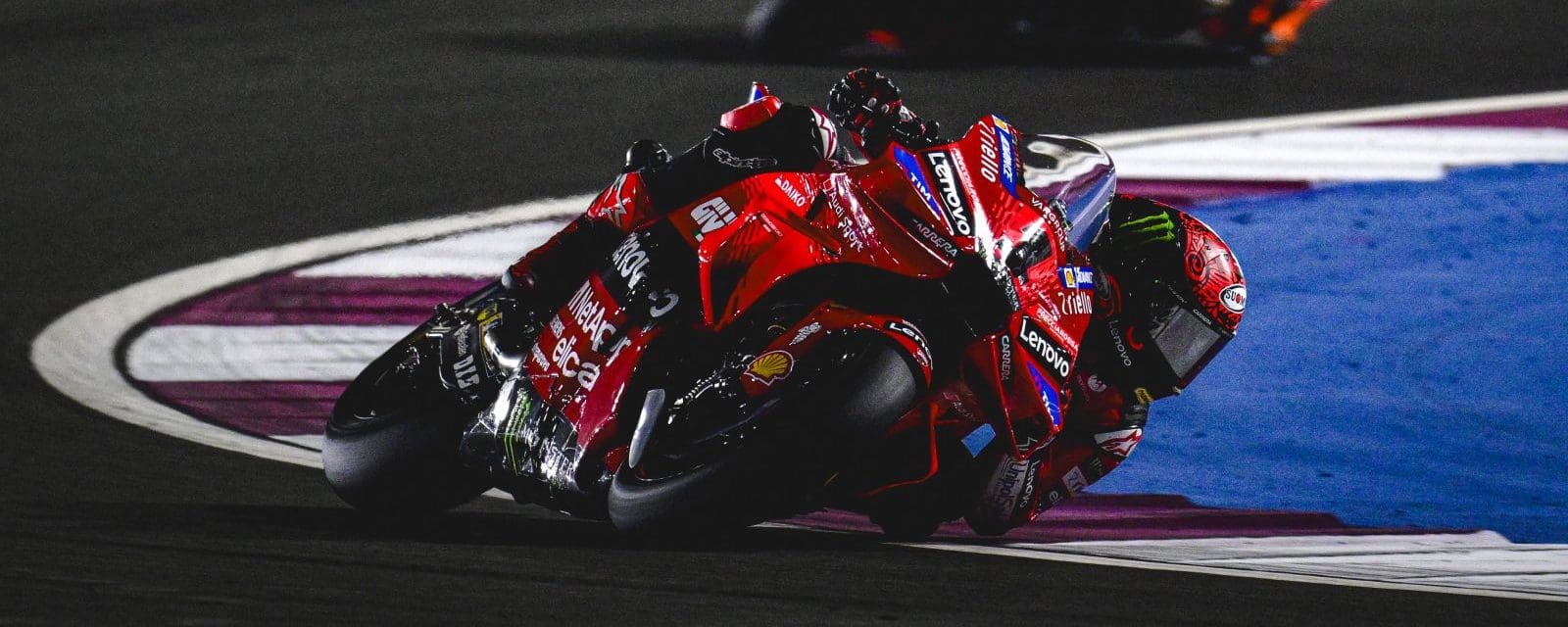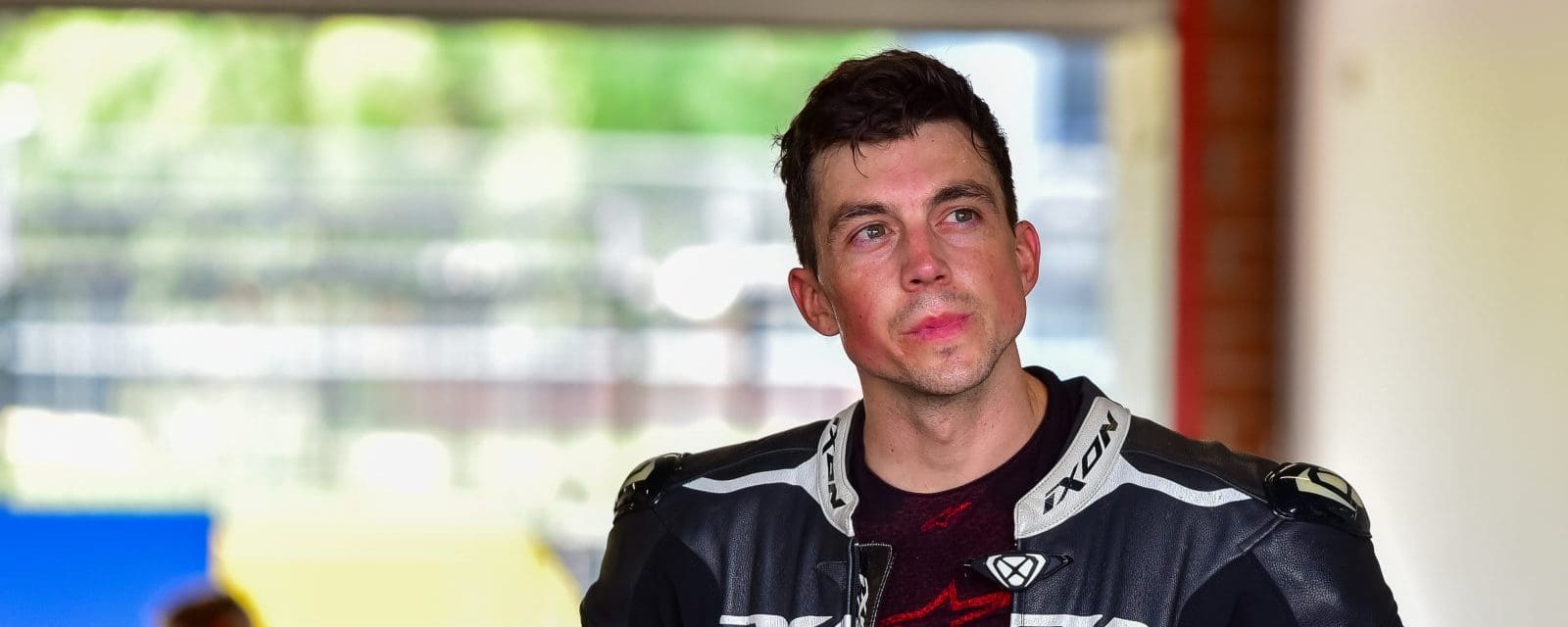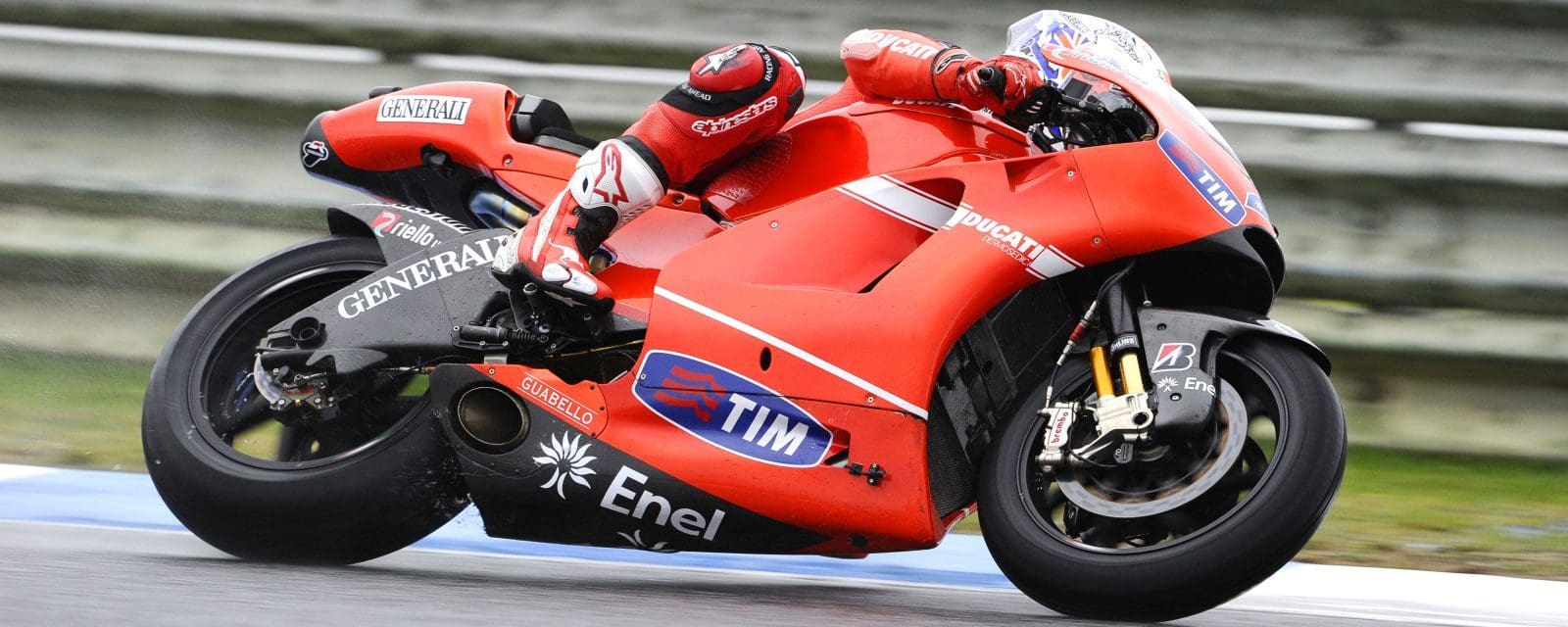As we slithered around the 90-degree corner, the back straight of New Zealand’s Pukekohe circuit unfolded. All one kilometre of it, which eventually ends in a 50km/h hairpin.
Life took on a new perspective as I lay stretched out as long and low as I could on the sidecar chair with my face centimeters from the tarmac.
The raucous exhaust note from the 1962 Norton Atlas twin was accompanied by some disturbing mechanical clanks. From the corner of my eye I was aware of the largely-exposed primary chain thrashing around.
With nothing to do but make myself as aerodynamic as possible, I had time to think… not many good thoughts.
I remembered something I’d read recently about when the pioneering Wright brothers had finally developed their 1903 Flyer into a plane that could carry a passenger. The most perilous part of being that passenger was you were sitting beside an engine which could suddenly disembowel itself. This primitive engine had no fuel pump, carburetor or spark plugs. Petrol was gravity-fed into the cylinders and ignition was by a raw spark that jumped across exposed points.
Sounds a bit like that old Norton twin arcing up beside me on that runway-length straight.
My thoughts drifted off again, to the time we’d run out of track at Mac Park and mowed down shrubs and saplings as we bungled through the jungle back to the bitumen.
We did miss the spoon drain, but…
Then I was shaken out of my little world as two things happened in quick succession.
Firstly the hairpin loomed so I had to prepare to launch myself at exactly the right instant across the chair to keep it on the circuit. If you do it in momentum with the sidecar it is effortless. And I had mastered that technique.
Secondly, instead of turning, the tyres squealed as an engine’s piston nipped up and we were launched off the track into the gravel pit, then it freed up again. With a whooshing sound, like the tide on a beach, the chair filled with stones.
As we gathered our wits, another huge sound bore down on these two former Seventies longhairs. We looked up and realised a long freight train was powering by, just metres outside the boundary fence. Weird, man!
All this was just another example of how sidecar racing can take you into a bizarre world. Much-maligned by people who don’t understand it, the sport is often more of a crowd-pleaser than the solos.
That year, 2006, the Kiwi classic racing register hosted a “sidecar spectacular”, with over 40 of us on the grid.
It was the Irving Vincent sidecar’s first international appearance and Barry Horner and Chris De Nuzzo achieved two wins from two starts.
Despite having 97kW to play with, it wasn’t a cakewalk as they had to start from the back of the grid. Their ignition system had got waterlogged during practice and it should have put them out for the weekend.
The solution? Ken Horner phoned Melbourne to source another system and got it personally delivered to the track on the next available flight.
Beau Beaton will be driving the P5 Irving Vincent outfit with Noel Beare as passenger while Cameron Donald and Chrissie Clancy will race the P4 version.
The drivers may be relative novices but both passengers have had years of both closed circuit and Isle of Man experience.
There were 18 outfits at the Island Classic, with sidecar stalwart Doug Chivas again sponsoring Americans Wade Boyd and Christine Blunck.
Asked recently why she loved the sport which has included racing the 4000m-high Pikes Peak event, Christine said: “The adrenaline, speed and loving what I do. You’re doing something that is completely out of the ordinary.”
That’s sidecar racing to a ‘T’.
As appeared in AMCN Mag Vol 67 No 14
By Hamish Cooper

